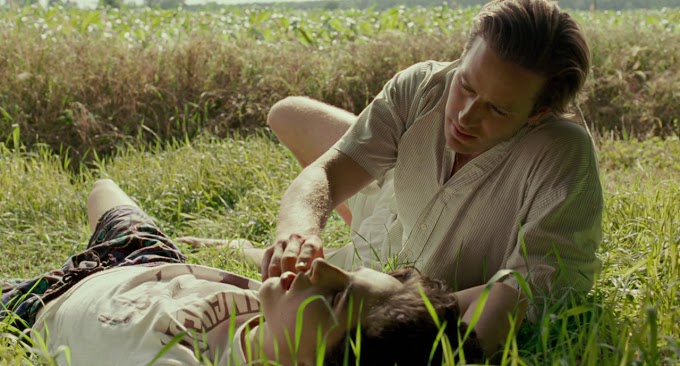
“I guess I felt attached to my weakness. My pain and suffering too.”
| Haruki Murakami, A Wild Sheep Chase |
Imagine a world like Alice In Wonderland, where a seemingly innocent choice leads you into a very bizarre and chaotic world, where things are not what they seem and events do not make much sense, yet follow a sort of twisted, otherworldly logic.
None of the characters in A Wild Sheep Chase have names; the best we get are the Boss, the Rat, and J, while the protagonist and his girlfriend don’t even get so much as a nickname or a single letter. The main character is in advertising and, his wife leaves him for one of his closest friends, shortly after which he receives an urgent summons from a mysterious businessman about a PR flier his firm put out that included a photograph of a very unusual sheep. That photograph, sent by our hero’s friend the Rat, seems to show a sheep that, by all accounts, shouldn’t exist, at least not in Japan, but the businessman’s interest goes beyond mundane questions of taxonomy, as this sheep appears to have powers beyond any other ovine known to man.
That businessman represents a shadow organization that controls many aspects of Japanese industry, particularly on the advertising side. He offers the protagonist a deal: Find that sheep within a month or find your life ruined. So the hero and his girlfriend – whose ears are, as it turns out, fairly important in their subplot, if not the main plot as well – set out to figure out where the Rat is and thus, they hope, find that sheep.
The wild chase is anything but wild; it’s slow, halting, and in some ways quite realistic, even if the sheep they’re chasing and the people they encounter aren’t.This is just one example of the complexity of Murakami's work. The story is a detective tale in which our nameless protagonist must scour all of Hokkaido to find a sheep that does not, indeed cannot, exist, or forfeit everything.
Throughout the book, we see him return to his hometown only to find it is completely transformed, and where the seashore once stood, there is a landfill full of housing developments and nothing is as it had once been.The chase itself provides much of what’s missing from his life, including purpose and urgency, but of course the chase will end, after which he’ll either find his life in tatters or he’ll have the riches promised him … and he’ll have to find a new purpose.
Explaining my thoughts on the end and what Murakami may have been trying to express would give away too much of the resolution, but I can say that I found that payoff a little underwhelming.
When it comes to storytelling, Murakami is quite adept. The short, quickly-read chapters speedily sweep the reader along, while constantly layering on symbolism that can be either overlooked or deeply contemplated without ruining the experience. But beneath that surface story is a deeper one. This one is told entirely through symbols, and believe me, everything that Murakami weaves into this story has meaning.Murakami's penchant for realism, in which he describes cooking, drinking, music, and cigarettes, is tempered by the deep symbolic and metaphysical nature of his narratives. Cats feature prominently in his stories, so an astute reader should ask, "Why is this ancient, decrepit cat the only person in this entire story who receives a real, actual name?"The entire time you are reading this book, you should be asking yourself, "What is Murakami trying to say with this?"




0 Comments